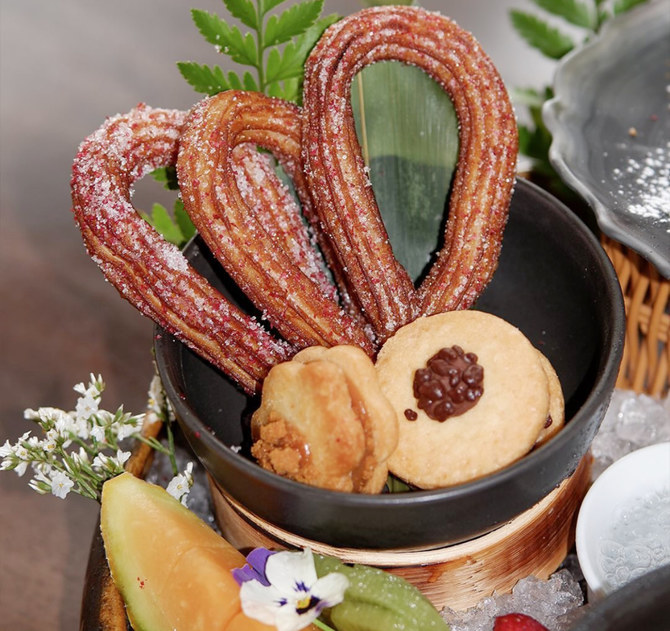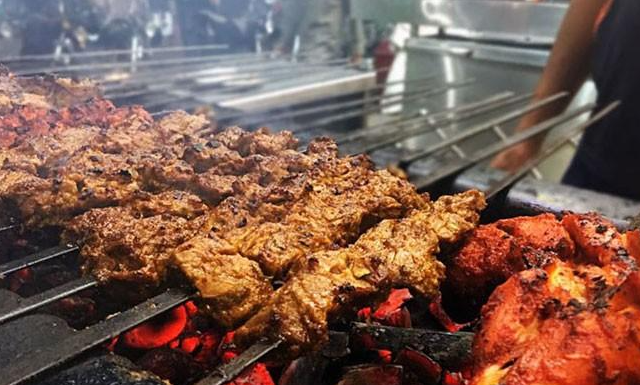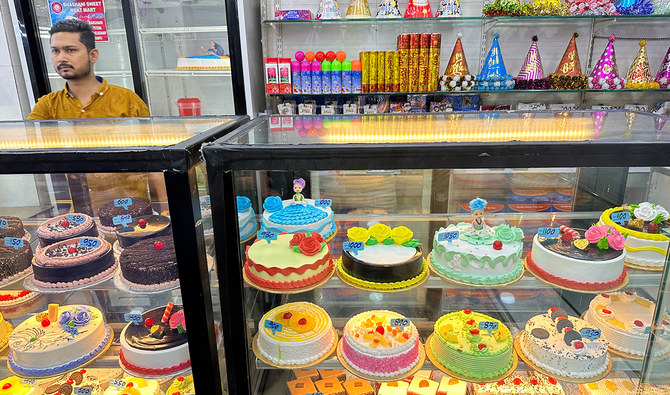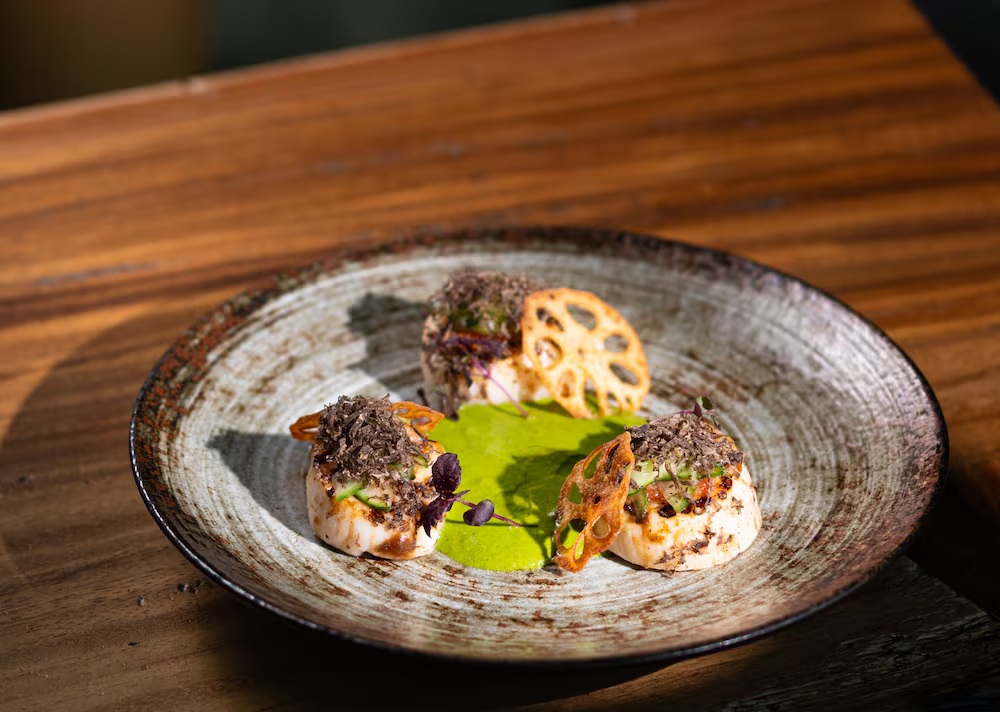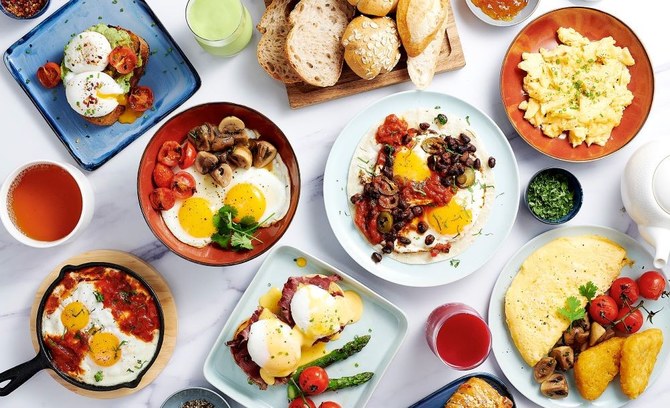
Web Desk
It is World Samosa Day today; a deep fried savoury snack popular with nearly 1.36 billion Indians, and with the rest of the world too. Let’s celebrate by learning about its diverse history, popularity and how to make it.
An evening favourite for many Indians – a warm cup of chai or milk tea and a crispy potato-stuffed samosa. You might think both chai and samosa are Indian, but they are not. You read that right. Both have different origins. Travellers and invaders through history, brought along food that stayed with India. Indians adapted them, so much so that the dishes started being referred to as Indian.

Samosa and it’s origin
Samosa, a triangle shaped hot pastry or savoury dumpling, typically filled with spiced potato, vegetables or meat is an ancient dish. It travelled a long distance, all the way from the Middle East to the Indian street. Indian food historian Pushpesh Pant traces back its origin to Central Asia. According to his food blog, samosas were first mentioned in Ibn battuta’s travelogue. Ibn battuta was a Moroccan explorer and traveller in the 14th century. His Indian exploration is documented in a popular book by the name – Travels with a Tangerine. The dish is first mentioned being served to the Delhi ruler Muhammed bin Tughlaq. Sambusek, as known in Arabic, means three sides of a bread denoting the triangular shape of this dish.
This filled bread was popular because it was convenient to carry around during long travels. A typical Indian samosa is filled with spiced potatoes whereas a sambusek consists of meat fillings.
In the Eastern state of India – Bengal, it is a popular snack known as Singara. Here is a recipe to make authentic Singara at home.
From vegetables, to meat, and now chocolate, this dish has travelled a long way and adapted to different cuisines. Some popular samosas are – Paneer bhurji samosa, pizza samosa, pasta samosa, cheese samosa, keema (minced mutton) samosa, fish and chowmein samosa. The sweet kind include – khoya samosa, chocolate and pastry samosa.
A chaat is a mix of different flavours of chutney or dip, boiled/fried potatoes, onions, garnished with fresh coriander and sev (gram-flour based tiny noodle like savoury). Samosa chaat is a popular kind of chaat, where the base is made of crushed samosas, which is then garnished and sprinkled with chutneys ordips of choice.
Here is a recipe to making Samosa Chaat from Chat Bazaar, Al Karama, Dubai:

Ingredients for samosa:
2 cup all-purpose flour
1 tsp cumin seeds
1 tsp crushed ginger
1 tsp raisins
5 boiled potatoes
1 tsp coriander powder
1 tsp red chilli powder
1 tsp kasuri methi leaves (dry fenugreek leaves)
A pinch of hing (asafoetida)
1 tsp carom seeds
1/4 cup water
2 cup refined oil
1/2 tsp coriander seeds
1 tsp green chilli
1 tsp cashewnuts
1 tsp cumin powder
1/2 tsp garam masala powder
1 tsp coriander leaves
2 tbsp ghee or clarified butter
Method:
1. Start by making the samosa dough. In a large bowl, add flour, ajwain (carom seeds), salt and mix well.
2. Add the oil and then start mixing with your fingers. Mix the flour with the oil until the oil is mixed well. Do this for 3 to 4 minutes. Once incorporated, the mixture resembles crumbs.
3. Press some flour between your palms – it should have binded well (and not crumble) – this means the oil is enough and well incorporated.
4. Now, start adding water, little by little and mix to form a stiff dough. Don’t overwork the dough and don’t knead a soft dough. It should just come together and form a stiff dough.
5. Cover the dough with a moist cloth and let it rest for 40 minutes. While the dough is resting, start working on the filling.
To make the potato filling
1. Boil potatoes until done, for about 8 to 9 whistles on high heat with natural pressure release if using a pressure cooker. If you are using an instant pot, high pressure 12 minutes with 1 cup water at the bottom of the pot.
2. Peel the skin and then mash the potatoes. Set aside. Heat 2 tablespoons of oil in a pan on medium heat. Once the oil is hot, add cumin, fennel and crushed coriander seeds.
3. Let the seeds sizzle for a few seconds and then add the chopped ginger, green chilli and hing powder. Cook for one minute.
4. Add the boiled and mashed potatoes to the pan. Mix everything together. Use a potato masher to combine the spices and seasoning.
5. Add the coriander powder, garam masala, red chili powder and salt. Mix to combine. Once it is all mixed well, remove the pan from heat and let the filling cool down a bit.
Frying the samosa
1. Once the dough has rested, give it a quick knead. Then divide the dough into equal parts of approximately 58 to 60 grams each.
2. Start working on a piece of the dough, keep the remaining dough balls covered at all times with a moist cloth, or else the dough will dry out.
3. Roll one dough ball into a circular shape, around 6 to 7 inches in diameter and then cut it into two equal parts.
4. Take one part and apply water on the straight edge/sides. Tip: Mix some flour with water, to use as a glue, so that it sticks together.
5. Now bring the two ends of the straight edge together and pinch them to form a cone. Pinch the pointed ends to make it into a perfect cone shape.
6. Fill the samosa with the potato filling, around one to two tablespoons. Don’t overfill the samosa.
7. Now, apply the flour paste at the edges of the cone, as you begin to seal it. Pinch the opposite sides (side opposite to where you pinched to form the cone) to crimp it shut. Then pinch and seal the samosa.
8. Samosa is now ready. Repeat the same process with the remaining dough. Always remember to keep the filled samosa covered with a moist cloth while you work on the others.
9. Now heat oil in a kadai/wok on low heat. To check if oil is ready, slide a small piece of dough into the oil. It should take a few seconds for this piece to come up to the surface. This means the oil is hot enough to fry the samosas.
10. Slide the samosas into the oil. Fry on low heat. After 10 to 12 minutes, the samosa will become firm and light brown in colour. At this point, increase the heat to medium and fry until it begins turning brown.
11. Fry 4 to 5 samosas at a time. And each batch will take around 20 minutes since we fry on low heat.
12. Once you finish frying the first batch, lower the heat and wait until the temperature of the oil drops down and then add the second batch.
Ingredients for chole (chickpeas):
2 cups chickpeas (soaked overnight)
5-6 green cardamoms
4-5 black peppercorns
2 bayleaves
2 cinnamom sticks
5 cups water
Salt to taste
3/4th cup grated onion (from 2 medium onions)
2.5 cups tomato purée (from 4 medium tomatoes)
3-4 cloves
2 tsp ginger-garlic paste (equal measures)
3 tsp chole masala (store brought)
3/4 tsp cumin powder
1/2 tsp paprika powder
1/2 tsp red chilli powder or to taste
3 to 4 tbsp ghee or clarified butter
1 to 2 teabags
Tamarind chutney (here’s a recipe)
Mint chutney or coriander chutney (here’s a recipe)
Store brough sev (made with gramflour)
Salt to taste
Method:
1. Soak dried chickpeas overnight in 4 cups of water. In the morning, drain the water, and then rinse the chickpeas.
2. Transfer the chickpeas to a pressure cooker and then add the whole spices – green cardamom, black peppercorn, bay leaves and cinnamon stick.
3. Also add black tea bags (1 to 2), water (around 4 to 5 cups) and salt. Please note: The tea bags are for giving the chole a dark colour. They do not impart any taste to the final product.
4. Pressure cook on high heat for 2 whistles. After that lower the flame to medium and let the chickpeas cook for another 10 to 12 minutes. Remove the cooker from heat and allow the pressure to release naturally.
5. You should be able to press the chickpeas easily with your fingers once cooked. Set aside.
6. If using instant pot, cook for 30 minutes on high pressure and let the pressure release on its own.
7. Start making the masala/gravy. Heat oil in a pan on medium heat. Once the oil is hot, add the grated/puréed onions to it.
8. Cook the onions until the raw smell goes away completely, around 5 to 6 minutes. Then add the ginger-garlic paste and cook for one minute.
9. Add the puréed tomatoes and mix. Cover and cook the tomatoes for 15 minutes on medium heat, stir once or twice in between. This step is important, so do not rush cooking the tomatoes.
10. Once the tomatoes are cooked, add the chole masala, red chili powder, paprika powder, cumin powder and salt. Mix and cook the spices for one minute.
11. Add the cooked chickpeas into the pan and stir. Cover and let the curry simmer for around 30 minutes on low to medium heat. Again, don’t rush the step for best tasting chole. The curry will thicken considerably and that’s what we want for the chaat.
12. The curry is now done. Taste and add salt to taste, at this point. Let it simmer while you prepare the tempering.
13. For the tempering, heat ghee in a pan on medium heat. Once the ghee is hot, add the ginger to it and fry until it starts turning golden brown in colour. Transfer the fried ginger onto the curry.
14. Add garam masala and mix. Finally, add the crushed kasuri methi. Once the chole is ready, gather all other ingredients and start plating the samosa chaat.
After preparing the samosa and chole, hand crush the samosas into small pieces, top it with chole, chopped onions, a tablespoon of sweet tamarind chutney (dip) and mint chutney (dip), sev (store brought), Chat Bazaar’s secret chaat masala or store brought and garnish with chopped coriander.
Courtesy: gulfnews
The post World Samosa Day: How to transform the Indian street snack into delicious chaat, with all the tips and tricks appeared first on The Frontier Post.




